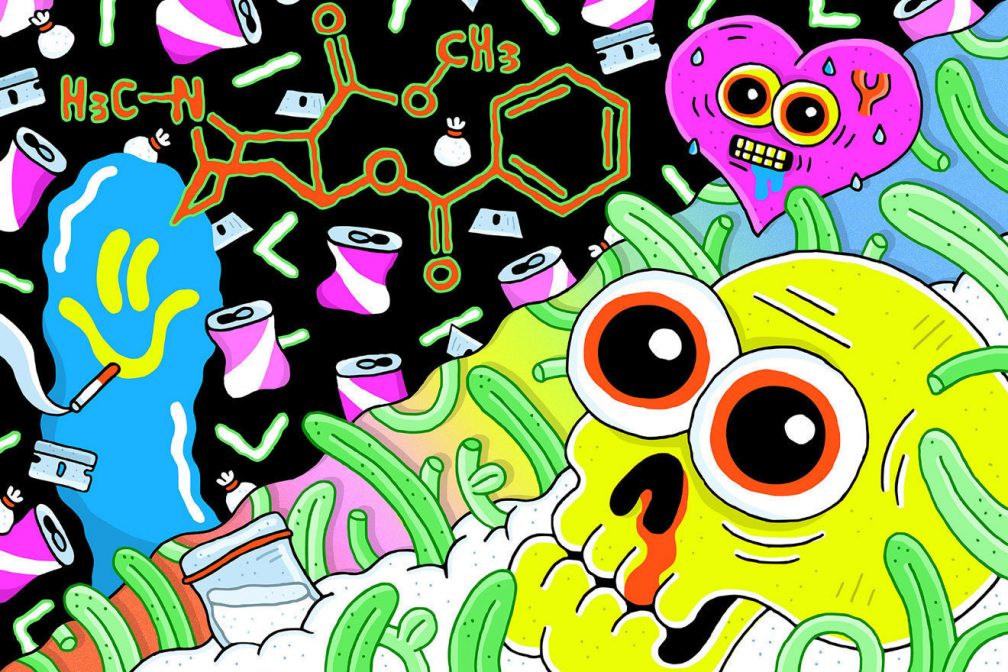 Comment
Comment
Why is cocaine so strong at the moment... and where's it all coming from?
The changing political landscape in Colombia means coke in the UK is stronger, and cheaper, than many users can remember
Global production of cocaine in 2015 was between 746-843 tonnes, says the UN, – a 38 per cent increase on the previous year. So, you have 40 per cent more fields in Colombia, and 40 per cent more cocaine being produced globally.
This is because as part of the process to disarm the Marxist FARC guerillas who have been at war with the Colombian government over land distribution and inequality since the 1960s, but who are now finalising a peace deal, coca farmers in the steamy southern districts have agreed to destroy their crops in return for investment in infrastructure, and subsidies to plant agricultural crops, such as coffee and yucca.
However, the compensation levels to be paid by the government are calculated in relation to the size of their coca plantations, so farmers have been planting extra coca to cash in on the upcoming subsidies. Naturally, they have processed it into cocaine, which has found its way to the UK in bigger, purer, and cheaper consignments than ever before.
The FARC funded much of its 50-year war with taxes paid by cocaleros [coca leaf growers] in its territory, often levying fees on the growers and traffickers for the safe passage of the drug either as raw leaf, or once it was harvested on-site into pasta basica, before eventual transit to labs, where the powder was purified and packaged for export. Now, with the Colombian civil war all but over, coca farmers are going for broke.


